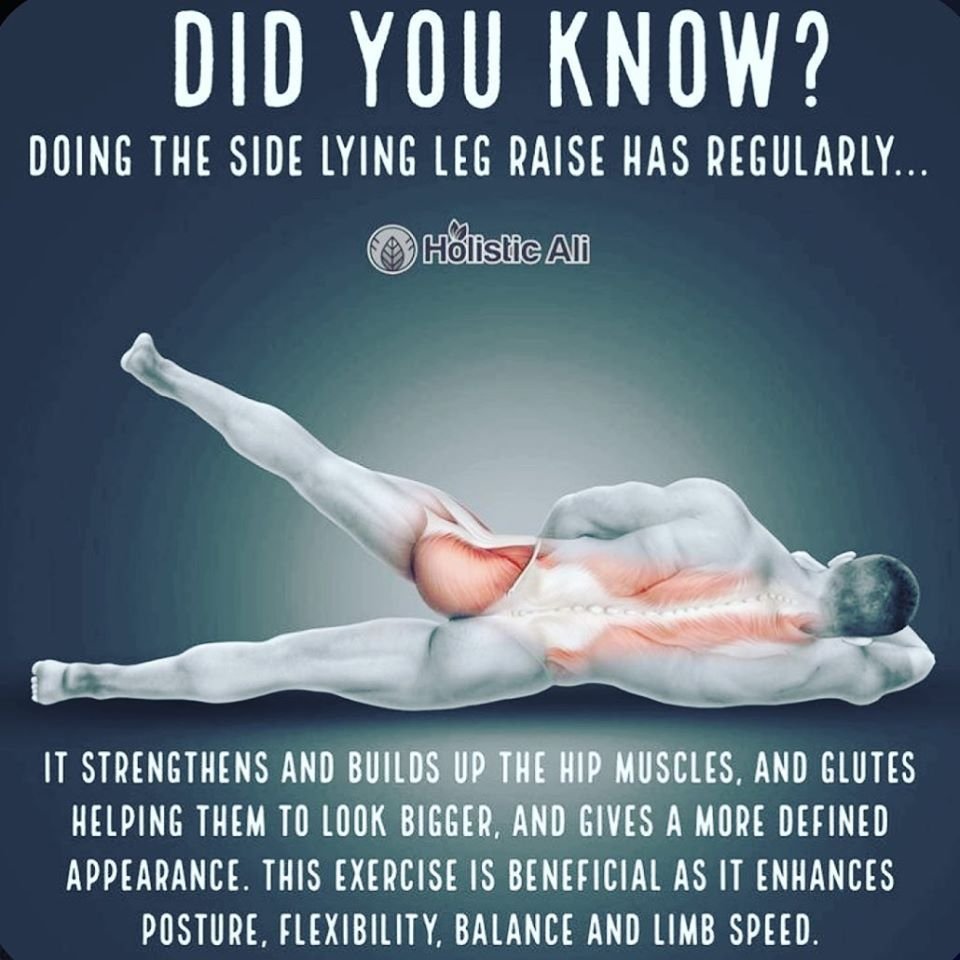Sports Therapy and accurate low back muscle stretching
Roughly eight out of 10 individuals suffer from bouts of back pain. In the majority of cases it isn’t due to any serious injuries or serious back problems, so the exact cause of pain isn’t clear. Common advice is to remain active and continue doing your normal activities as much as you can. In the majority of cases, the pain subsides within six weeks, but it might come back at one point or another. Non-specific lower back pain is the most common of all back pain. Roughly, 19 out of 20 cases of acute lower back pain are termed non-specific. This is the type of pain that the majority of individuals will have at one point in time or another. It is termed as non-specific due to its unusual nature in that no one knows what actually causes the pain. No specific disease or problem is associated with this pain. Non-specific lower back pain as a term has become common in recent times used by doctors, but some practitioners believe that back pain can be traced back to a cause or a pathology, hence the term is not used by all medical professionals. In many cases, if a more specific cause of pain is known, this will be attributed to the patient rather than the term “non-specific”.
Non-Specific Lower Back Pain Anatomy
Understanding your spine and the manner in which it works will help you understand what is causing the
pain in your lower back to begin with. Your spine is composed of multiple small bones (vertebrae), which
are all stacked one on top of the other. Ligaments, muscles, intervertebral disks and nerves are the
additional components of your spine.
The bones of the vertebrae connect to form a canal protecting the spinal cord. The column is composed of
three different sections creating three distinct curves in the back: the curves within the neck area (cervical),
the lower back (lumbar) and the chest area (thoracic). The lower part of the spine (coccyx and sacrum) is
composed of the vertebrae that are fused together.
The electrical cables of the nerves and the spinal cord travel through the canal and carry messages between
the muscles and the brain. Nerves branch out from the cord and through all of the openings in the
vertebrae. The ligaments and muscles provide you with the stability and support your spine and upper part
of the body needs. Strong ligaments are responsible for connecting the vertebrae and work to keep the
spinal column in the proper position.
 How to Treat Non-Specific Lower Back Pain:
How to Treat Non-Specific Lower Back Pain:
Tips: • Set new goals every day for yourself. Walk around the house one day, walk down to the grocery store the next and so on. • Sleep in whatever position is the most comfortable for you. • Using a pillow between the knees while sleeping will help to ease symptoms at night • Don’t wait for complete pain relief before returning to work. Getting back to work quickly and back into your normal routine can improve your symptoms. • See your Rehab My Patient therapist as often as is required as they will help ease and reduce your back pain.